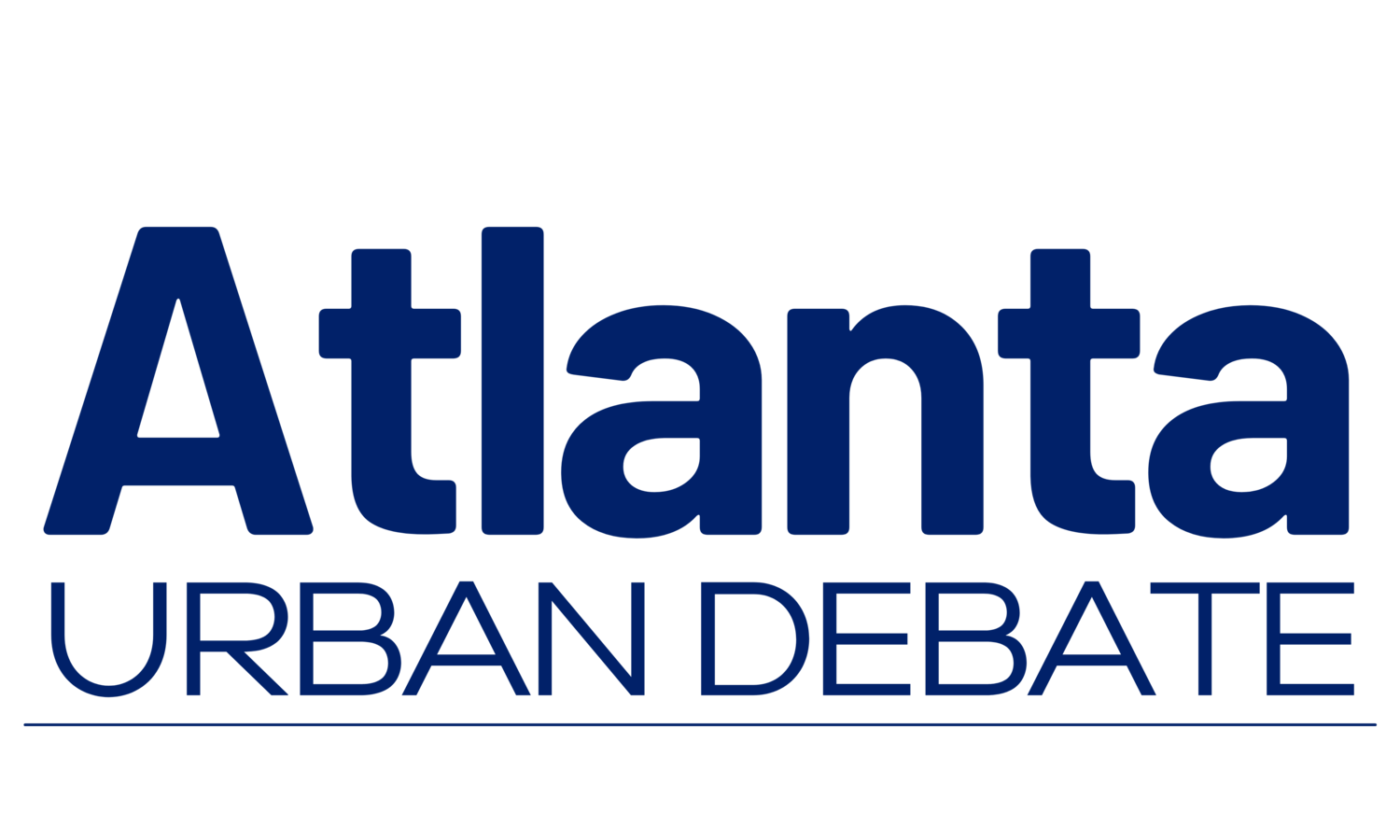The Atlanta Urban Debate League is committed to providing excellent debate education programs, services, and opportunities to diverse students, educators, and members of the community!
High School Open Curriculum Guide
Types of Counterplans
To review, a Counterplan is an argument read on the negative that proposes a different policy than the plan to solve the plan’s harms. There exist different types of counterplans that utilize unique mechanisms to attempt to solve the plan’s harms. Different types of counterplans test the affirmative from multiple angles. They question if it is necessary for the plan to solve their harms or if there are alternative ways to solve those issues.
Types of Counterplans
- Advantage Counterplan: This type of counterplan attempts to solve the plan's harms through a method alternative to the affiramtive and unrelated to the topic.
- Example: A ban fracking affirmative claims to solve environmental harms through reducing natural gas emissions.
- An example of an advantage counterplan would be one that proposes a tax on carbon emissions and invests in renewable energy.
- The counterplan attempts to solve the plan's harms through an avenue outside of the affirmative's.
- Instead of banning fracking, the counterplan uses investments and incentives to solve the plan's harms.
- Agent/Actor Counterplan: This type of counterplan attempts to solve the plan's harms through utilizing a different actor/agent than the plan. Different actors include those in the United States but also international actors such as the Canadian government or the United Nations.
- Example: A ban lead pipes affirmative uses Congress to pass legislation that bans lead pipes in the United States.
- An example of an agent counterplan would be one that has the Supreme Court rule that lead pipes are unconstitutional.
- The counterplan utilizes a different actor than the plan.
- Instead of using ongress to plan lead pipes, the counterplan uses the Supreme Court to ban lead pipes.
- The net benefit would include reasons why the Supreme Court is a better actor than Congress.
- Process Counterplan: This type of counterplan attempts to solve the plan's harms through a different mechanism or process than the plan. This process typically has some benefit that is not included in the plan's process.
- Example: A ban fracking affirmative uses Congress to pass legislation that bans fracking in the United States.
- An example of a process counterplan would be one that has the federal government consult Mexico on whether the federal government should do the plan.
- Mexico would say yes, which solves the plan's harms, because then the federal government would enact the plan.
- In addition, consulting Mexico would also improve US-Mexico relations, which is a net benefit.
- Instead of immediately passing the plan, the plan goes through a different process (consulting Mexico) to solve the plan's harms.
- Plan-Inclusive Counterplan (PIC): This type of counterplan attempts to solve the plan's harms through including most of the plan, except for a certain part. The counterplan characterizes that part of the affirmative as harmful.
- Example: A ban fracking affirmative bans fracking in all fifty states in the United States.
- An example of a PIC (pronounced "pick") is one that would ban fracking in all fifty states except for in Texas.
- Instead of banning fracking in all fifty states, the counterplan bans fracking in every state except for Texas.
- The counterplan attempts to solve the affirmative's harms by banning fracking in most states.
- In addition, perhaps fracking is crucial for Texas's economy.
- The counterplan then has the additional benefit of saving Texas's economy because it doesn't ban fracking in that state.
